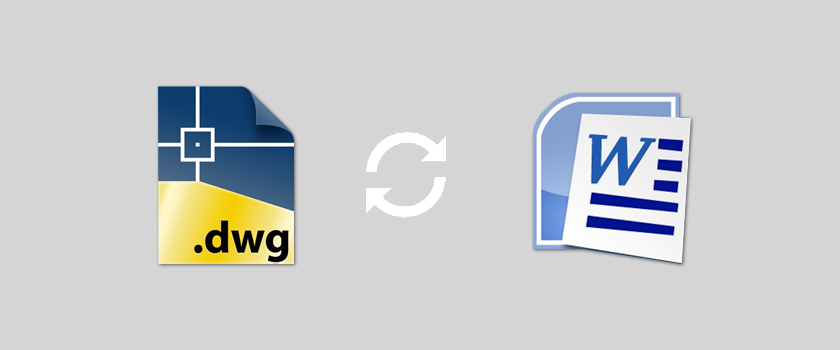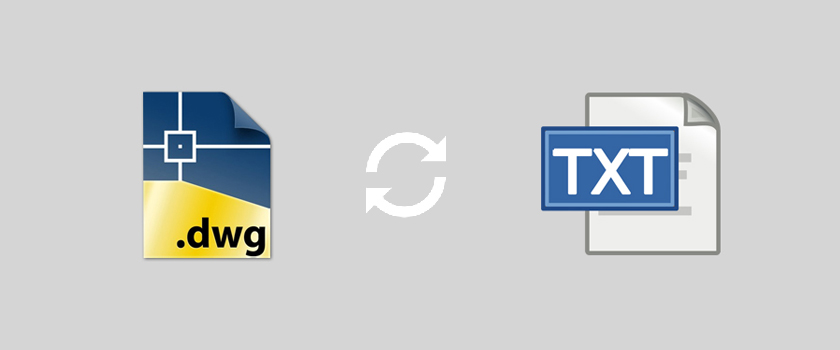By: Shahzad Bashir Posted on Thu, 16-07-2020

The world is an ever-shifting paradigm of technology and the digital revolution. As technology breaks down cultural and linguistic borders, the need for localized content has multiplied. For those companies aiming to take advantage of the technological changes, it is important to learn the trends that are likely to shape the future.
The key trends that are expected to rise further in the 2020s include Artificial Intelligence and Automation and Machine Translation (particularly Neural Machine Translation)
Let’s explore how these are going to be helpful for the localization industry!
As content requirements change and the need for localized content rises, AI in translation management is becoming more common. As companies seek new ways to simplify their translation and localization workflow, AI is creating greater business value by the hour. According to Gartner, AI augmentation is likely to create $2.9 trillion of business value and 6.2 billion hours of work productivity by the end of 2021. Considering the rise in the use of AI to automate workflows, there is little doubt that AI will continue to improve business performance and automate processes in enterprises in the future as well.
The artificial intelligence is expected to improve the simplification and optimization of the entire translation and localization process. Just to make it clear, AI focuses on creating advanced tools and solutions that can actually work on their own to perform certain tasks. AI carefully analyses data sets to identify the best possible strategy and suitable patterns that can be followed to deliver top-quality results.
For instance, in the advanced form of MT, the neural machine translation, the engines are specially designed to leverage the deep learning in order to identify how to effectively translate your data, primarily by understanding the source content intent. Thus, the translations powered by AI are somehow similar to human translations.
NMT functionality is quite impressive as it delivers fast results. Besides, the use of Artificial intelligence in cloud software especially focuses on translation management. Simply put, AI boosts automated translation and it is meant to improve the efficiency of the process and quality of translation.
Please note that the growing trend of AI is not supposed to replace human translators. In fact, it is meant to improve the overall productivity, by assisting the humans and simplifying the translation process.
AI effectively facilitates smart work, saving translators from the much time-consuming hard work. Thus, with the use of AI in translation, larger volumes of data can be translated at a much faster pace without any compromise on the quality of results.
Natural language processing refers to the conversion of human speech into the binary language of a computer. It can be effectively used for analysis and scanning of different documents in order to quickly identify errors and suggest improvements. Moreover, it can be used for large scale document classification.
Automated translation, powered with AI is the rising trend in the industry. It is meant to improve the whole process, speed things up, resulting in an increase in efficiency and delivery of quality results.
The traditional translation process is slower and prone to errors. However, with the use of AI, some of the basic and repetitive tasks like assigning jobs, data submission, and revision and review of given content can be handled in a more hassle-free, and time-efficient manner.
How Artificial Intelligence is Changing the Translation Industry
As per Gartner’s Research Voice President, Svetlana Sicular, the evolution of AI coupled with human capabilities can be tremendously helpful in terms of quality of results for the companies.
The Microsoft Translator app is no less than a revolution. Along with text, it effectively translates speech and street signs. The fact that you can run it offline is a breakthrough and it can be of great help, particularly for those who frequently travel to remote areas with poor or no internet connectivity.
Similarly, Facebook translation is also using AI as a primary translation technology.
In the past few years, machine translation has begun to pick up stride, thanks to the increase in the demand for localized and translated content. As per Grand View Research, Inc., the machine translation’s market share is estimated to rise to $983.3 million USD by the end of 2022, with neural machine translation and post-editing translation services on the rising end.
Technological advancement has widened the scope of the machine translation market. As countries roll out 5G internet services and digital technologies transform the business landscape, machine translation is likely to get more limelight in the future.
With this rise of AI based-models, the translation and localization of content will increasingly rely on machine translation.
The traditional phrase-based machine translation has evolved over time. At present, the two primary modern machine translation distinctions are:
SMT generates translations using a statistical analysis of the bilingual data. It works to identify the relationship between the source and target language. For instance, Google Translate is a good example of SMT.
Neural machine translation is the latest approach to MT. These networks are designed to replicate the way human brains learn. The Neural based engines have the commendable capability to identify the appropriate context and understand the intended meaning in order to make better word choices for high-quality translation.
Simply put, the NMT engines work to retain the original tone and deliver in-context results.
The quality of machine translation has improved over time, and now with the use of NMT, you can get more reliable results that actually make sense.
Although machine translation has improved over the years, still, not every kind of content should be translated using MT.
The simple content like support material or instructions can be translated using machine translation. But, for more creative content like marketing material, advertisements, and flyers, it’s better to opt for human translation.
Here are the three factors that you need to consider in order to decide whether machine translation is a good option or not.
The volume of content that requires translation should be kept in mind while making the decision. For instance, if you need to translate the data comprising millions of words in a short turnaround, machine translation is a suitable choice.
Here’s another important factor to check, in order to make the right choice. The content that requires constant updates like reviews frequently asked questions, knowledge-based data, and clients’ feedback can be translated using MT.
As mentioned earlier, not every type of content can be flawlessly translated using MT. However, machine translation can be used for software documentation, user manuals, how-to guides, and other technical information.
Back in 2016, the value of the machine translation market was around $122.3 million, which reached $550.46 million in 2019.
As expected, the MT market size grew with time and it is estimated to cross $1.5 billion USD by the end of 2024. Moreover, it is expected to witness 11.23 CAGR by the year 2025.
Most probably, North America will take the lead with around 6 CAGR by the end of 2023. With time, the defense and military industry in North America are extensively using MT for translation and interpretation of large volumes of data, which in most cases is followed by some post-editing techniques.
Likewise, the electronics and automotive industries are expected to grab a major share from the market by the end of 2020, primarily because of frequently occurring need for accurate and timely translation.
Further use of MT involves its application in the travel industry, banking, legal, manufacturing and retail, media and entertainment and telecom, etc.
The Asia-Pacific market is expected to be the most rapidly growing MT market reaching a CAGR of 7.5 by the end of 2023. The primary reason for this extensive market growth in this region is the rapidly growing trend of cross-border businesses, highly lucrative client base, and extensive use of multiple languages.
With businesses aspiring to tap into emerging and lucrative markets, the creation of a vast amount of online content, and growing need for global business communication and collaboration, the machine translation market is expected to grow over time.
The tremendous growth in the MT market is owing to the constant improvement in the accuracy of the translated content. Advanced neural machine translation engines are capable of delivering quick translations with around 60 - 90 percent accuracy. The use of deep learning and algorithms have greatly helped in eliminating the commonly occurring translation errors (related to syntax, grammar, and meaning).
Unlike older generations of MT that worked using the algorithms to understand syntax and phrases for delivering translation, the advanced neural machine translation technology learns to translate different languages from the given information. This suggests that the more content it translates, the better and smarter this technology will get.
To make the long story short, machine translation is here to stay!
The technological advancement is impacting the translation industry. The use of AI tools and machine translation is expected to rise further with the growing need for translation and localization of content for seamless global communication.
The rapidly growing need for fast and affordable translation, high demand for localization of content, and availability of massive volume of Big Data contributes to the fast growth of machine translation.
With time, the AI tools are estimated to improve, resulting in the overall improvement of the translation process. These tools can assist professional translation companies to meet short deadlines and deliver large volumes of translated data without any compromise on the quality.

dwg: It means a drawing file save format created by AutoCAD, and now has been the standard format of 2D
Read More
Mars Translation can help you extract the texts in a DWG file and convert them into a Word file so
Read More
dwg: It means a drawing file save format created by AutoCAD, and now has been the standard format of 2D
Read More
dwg: It means a drawing file save format created by AutoCAD, and now has been the standard format of 2D
Read More
AutoCAD blocks A block is an object that combines one or more single entity object. Operated as an individual complete object,
Read More
What is a file formate A file format is a standard way that information is encoded for storage in a computer
Read More
Software 1. AutoCAD 2015 - English 2. PDF virtual printer, such as Adobe Acrobat, PDF factory, or CutePDF. Step-by-Step 1. Open the CAD file,
Read More
Plot style table is used to control the color, line width and other effects. In the layer manager, every layer
Read More
The following layers can't be deleted: 1. Layer 0 and Layer Defpoints that are default layers. 2. The current active layer. To
Read More


Document Translation
Professional document translation by native expertsApp Localization
Get more downloads by adapting your app for different target marketsVideo Translation
Multilingual translation and subtitling servicesWebsite Localization
Adapt your website into multiple contexts for global reachSoftware Localization
Adapt your software for global usersGame Localization
Reach new players with localized gameplayMTPE
Refine AI translations for natural fluencyBusiness Translation
Professional translation for business documents and websitesDTP & File Conversion
Professional DTP and File conversion, supporting multiple file formatsProofreading
Perfect your content with expert review© Copyright 2026 MarsTranslation